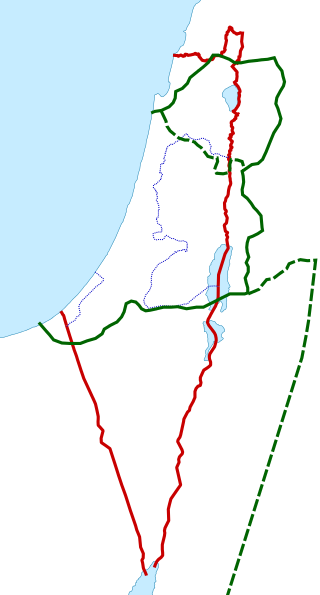
The region of Palestine, also known as historic Palestine, is a geographical area in West Asia. It includes modern-day Israel and the State of Palestine, as well as parts of northwestern Jordan in some definitions. Other names for the region include Canaan, the Promised Land, the Land of Israel, or the Holy Land.

Leontodon is a genus of plants in the tribe Cichorieae within the family Asteraceae, commonly known as hawkbits.
Michael Zohary was a pioneering Israeli botanist.

Scilla hyacinthoides is a geophyte, native to Southern Europe to Northern Iraq. Like all Scilla it is a bulbous plant.
Ammochloa is a genus of Mediterranean plants in the grass family, Poaceae.

Echinaria is a genus of Eurasian and North African plants in the grass family. The only known species is Echinaria capitata, native to the Mediterranean Region as well as the Southwest and Central Asia.
Rhizocephalus is a genus of plants in the grass family, Poaceae. The only known species is Rhizocephalus orientalis, native to Afghanistan, Armenia, Georgia, Iran, Iraq, Israel, Jordan, Lebanon, Palestine, Syria, Asiatic Turkey, and Uzbekistan.
Jewish Palestinian Aramaic also known as Jewish Western Aramaic or Palestinian Jewish Aramaic was a Western Aramaic language spoken by the Jews during the Classic Era in Judea and the Levant, specifically in Hasmonean, Herodian and Roman Judaea and adjacent lands in the late first millennium BCE, and later in Syria Palaestina and Palaestina Secunda in the early first millennium CE. This language is sometimes called Galilean Aramaic, although that term more specifically refers to its Galilean dialect.

Allium desertorum is a species of onion found in Israel, Jordan, Palestine, and Egypt. It is a small bulb-forming perennial; flowers are white with purple midveins along the tepals.

Allium daninianum is a species of onion found in Israel, Syria, Lebanon, Palestine and Jordan. It is a bulb-forming perennial with a long, flexuous scape. Umbel is lax, the pink flowers long-pedicelled and mostly drooping.
Allium qasyunense is a Middle Eastern species of onions in the amaryllis family, found in Israel, Palestine, Syria and Jordan. It is a bulb-forming perennial with an umbel of cream-colored flowers.

Allium sindjarense is a species of flowering plant in the Amaryllidaceae family.
Allium truncatum is a plant species found in Israel, Palestine, Lebanon and Turkey. It is a bulb-forming perennial producing an umbel of many urn-shaped purple flowers.

Iris palaestina is a species in the genus Iris in the subgenus Scorpiris. It is a bulbous perennial from Asia, including the Palestine region, Lebanon, Syria and Turkey. It has long, narrow, strap-like leaves, and a short stem. The early blooming, fragrant flowers are greenish-grey/white or yellow-white.

Iris atrofusca is a species in the genus Iris, where it is placed in the subgenus Iris and the section Oncocyclus. It is a rhizomatous perennial from the deserts of Israel/Palestine and Jordan. The species has long falcate (sickle-shaped) or ensiform (sword-shaped) leaves, a long thick stem and large fragrant flowers that come in shades of purple brown, reddish-black, black-brown, dark brown, dark lilac or dark purple. The flowers also have a black or brownish-black signal patch and a thick beard that is brown-black, light brown or yellow tipped with brown. It is rarely cultivated as an ornamental plant in temperate regions.

Iris petrana, commonly known as the Petra iris, is a species in the genus Iris, it is also in the subgenus of Iris and in the Oncocyclus section. It has spring blooming flowers that come in shades from burgundy, dark brown to dark violet and purple. They have yellow or dark 'beards' and flower over sword-like grey-green leaves. It is normally found in the desert sands between the countries of Jordan and Israel.
This page is based on this
Wikipedia article Text is available under the
CC BY-SA 4.0 license; additional terms may apply.
Images, videos and audio are available under their respective licenses.


























